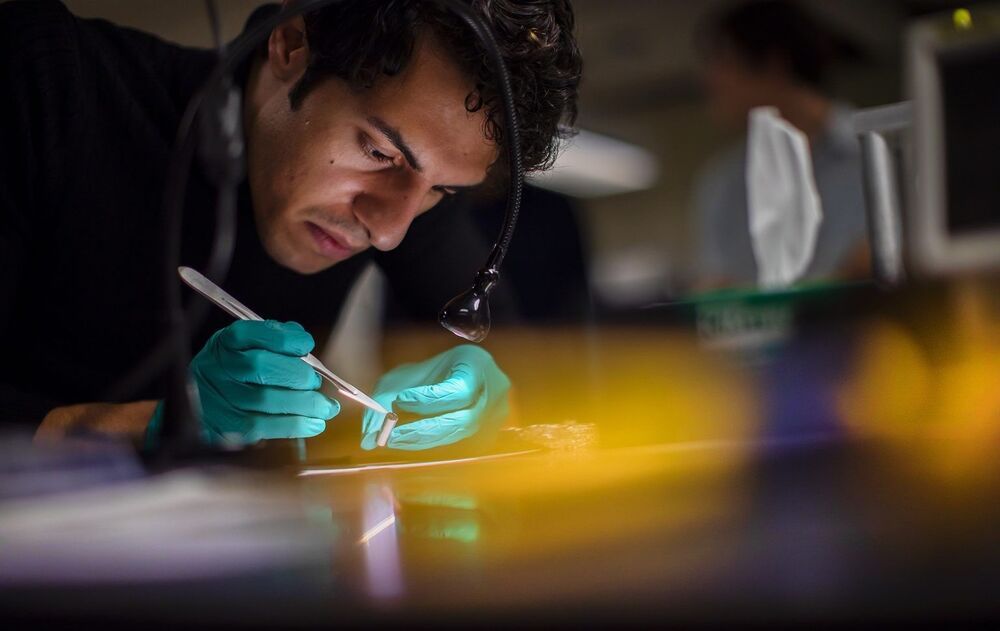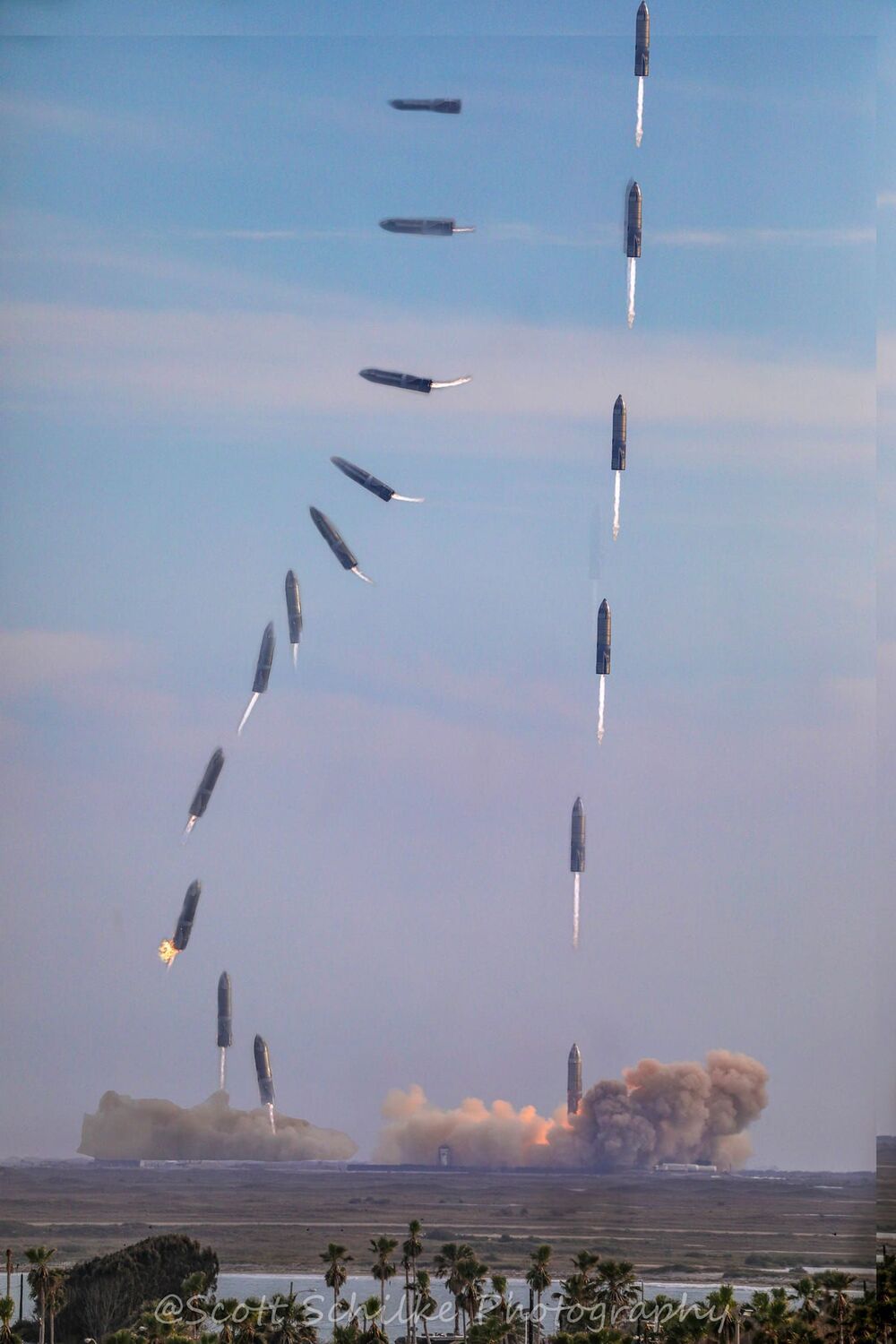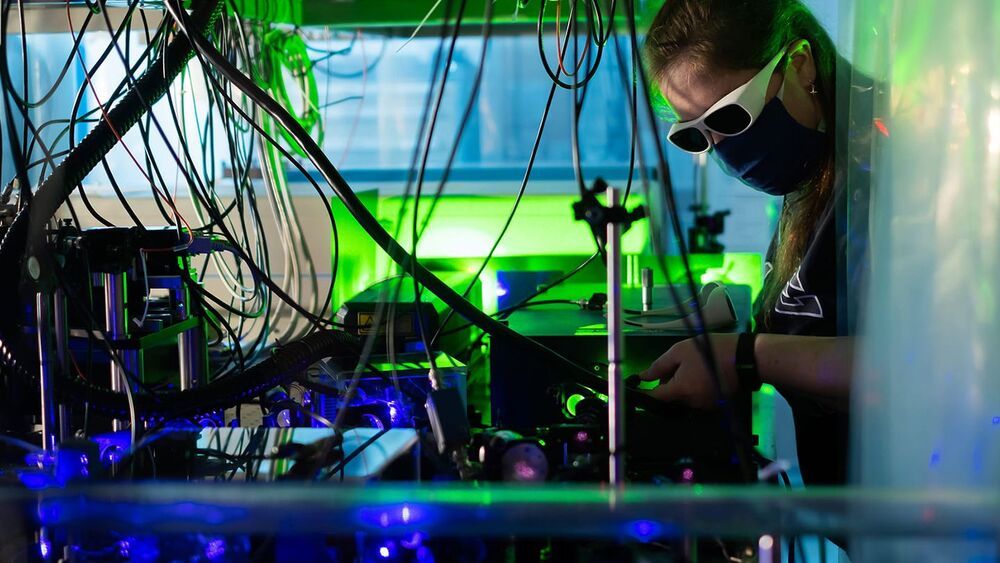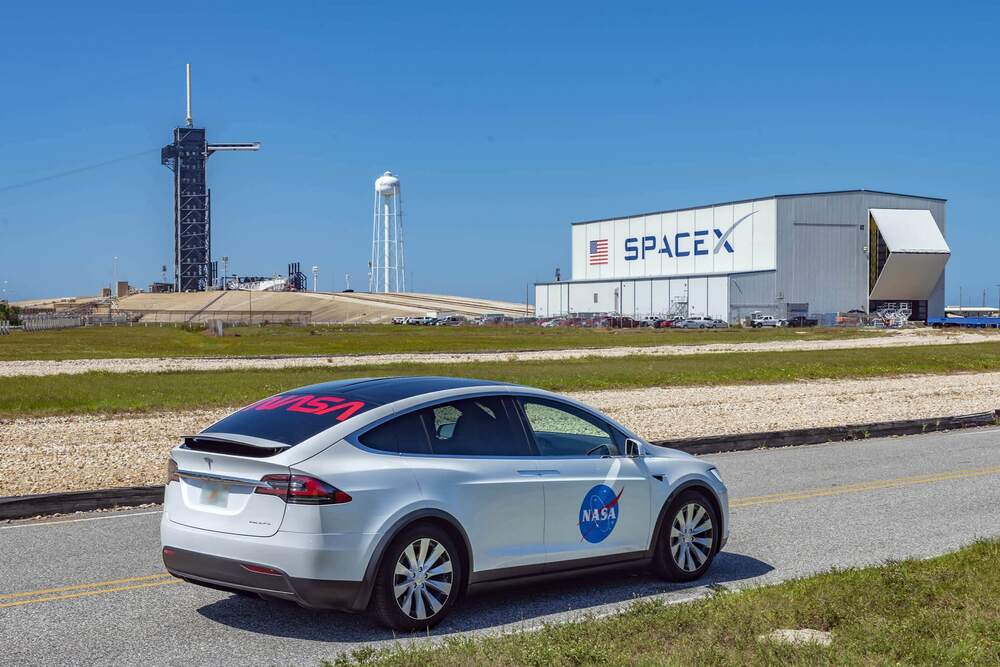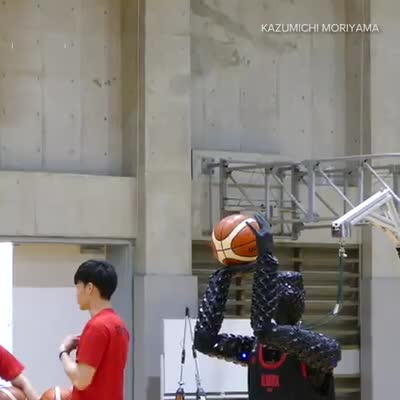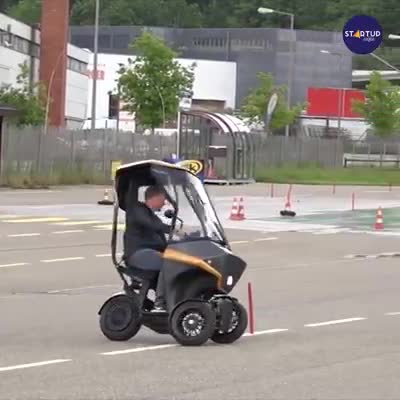Page 6156
Mar 8, 2021
Finally found the time to complete this 17 image sequence of SpaceX Starship SN10 test flight from Boca Chica Texas on March 3rd 2021
Posted by Heather Blevins in category: space travel
This image captures about 80% of the test flight. The other 20% off camera is when Starship SN10 was hovering at 10 kilometers and slowly moving west just up and out of the camera view.
SpaceX is getting very close to landing these Starship prototypes. They lost three Starships currently SN8, SN9 & SN10. It’s estimated that Starship is four times as expensive as a Falcon 9 so a very rough cost is about $280 million for each Starship prototype.
Mar 8, 2021
A magnetic trap captures elusive ultracold plasma
Posted by Genevieve Klien in categories: energy, physics, space
Pinning plasma within a set of magnetic fields offers physicists a new way to study clean energy, space weather and the inner workings of stars.
Mar 8, 2021
SpaceX wants to connect its Starlink satellite internet network to moving vehicles
Posted by Genevieve Klien in categories: internet, policy, satellites
SpaceX wants to begin connecting moving vehicles – from cars and trucks to jets and ships – to its Starlink satellite internet network, according to a request the company filed with the Federal Communications Commission.
“This application would serve the public interest by authorizing a new class of ground-based components for SpaceX’s satellite system that will expand the range of broadband capabilities available to moving vehicles throughout the United States and to moving vessels and aircraft worldwide,” SpaceX director of satellite policy David Goldman wrote in a letter to the FCC filed on Friday.
Starlink is the company’s capital-intensive project to build an interconnected internet network with thousands of satellites, known in the space industry as a constellation, designed to deliver high-speed internet to consumers anywhere on the planet.
Mar 8, 2021
Nvidia and Harvard develop AI tool that speeds up genome analysis
Posted by Genevieve Klien in categories: biotech/medical, genetics, robotics/AI
Researchers affiliated with Nvidia and Harvard today detailed AtacWorks, a machine learning toolkit designed to bring down the cost and time needed for rare and single-cell experiments. In a study published in the journal Nature Communications, the coauthors showed that AtacWorks can run analyses on a whole genome in just half an hour compared with the multiple hours traditional methods take.
Most cells in the body carry around a complete copy of a person’s DNA, with billions of base pairs crammed into the nucleus. But an individual cell pulls out only the subsection of genetic components that it needs to function, with cell types like liver, blood, or skin cells using different genes. The regions of DNA that determine a cell’s function are easily accessible, more or less, while the rest are shielded around proteins.
AtacWorks, which is available from Nvidia’s NGC hub of GPU-optimized software, works with ATAC-seq, a method for finding open areas in the genome in cells pioneered by Harvard professor Jason Buenrostro, one of the paper’s coauthors. ATAC-seq measures the intensity of a signal at every spot on the genome. Peaks in the signal correspond to regions with DNA such that the fewer cells available, the noisier the data appears, making it difficult to identify which areas of the DNA are accessible.
Mar 8, 2021
Nikola Tesla Predicted that the Weather Could Be Controlled and He Was Right
Posted by Prem Vijaywargi in categories: climatology, geoengineering
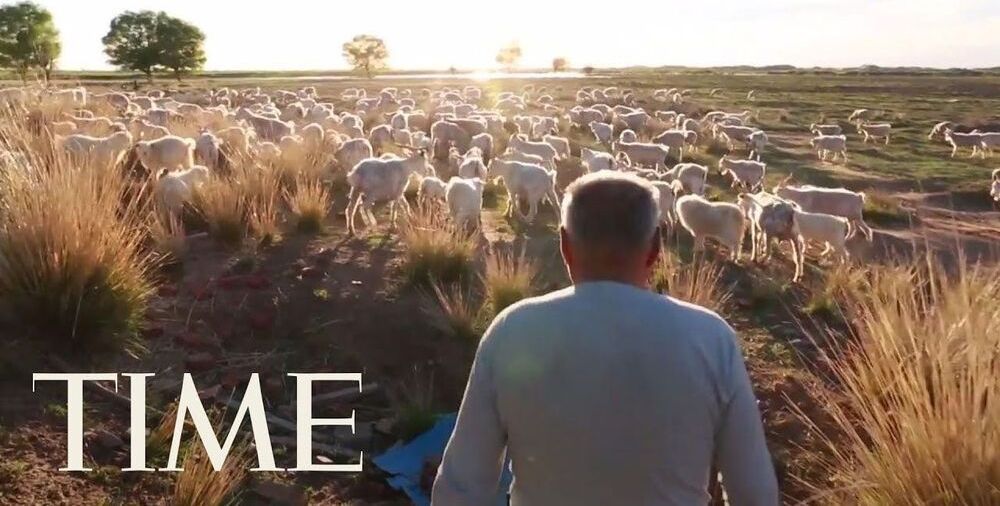
More than 100 years ago in his autobiography, Nikola Tesla reflected on the first time he had the idea to control the weather. Now, China is spending billions to prove that weather modification is possible.
Tesla wrote:
Continue reading “Nikola Tesla Predicted that the Weather Could Be Controlled and He Was Right” »
Mar 8, 2021
Building Beauty with Biology
Posted by Jose Ruben Rodriguez Fuentes in categories: biological, computing, media & arts
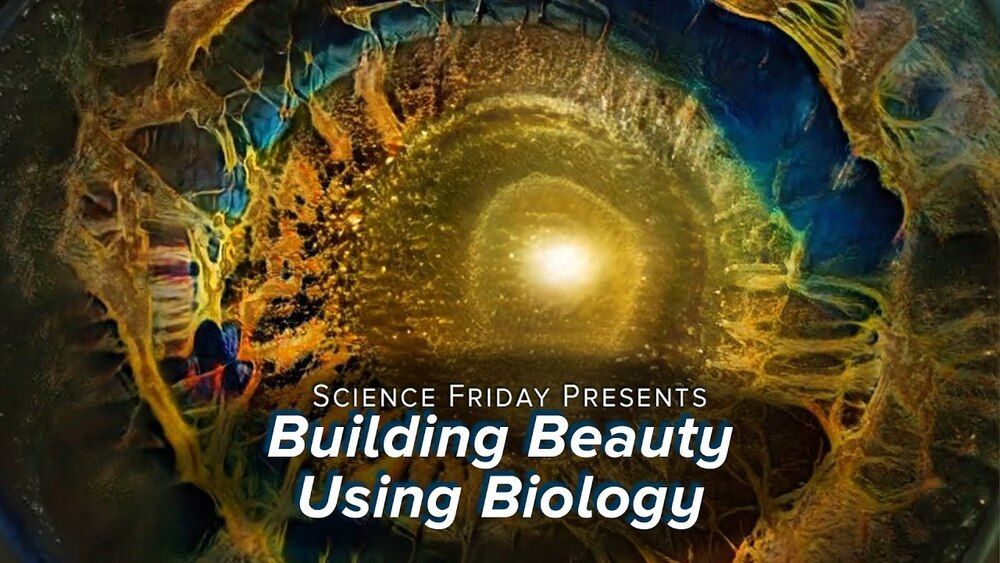
Help support our video productions http://www.patreon.com/scifri.
Produced by Luke Groskin.
Filmed by Christian Baker.
Music by Audio Network.
Additional Footage and Stills Provided by Joel Simon, Pond5, Shutterstock, Nic Symbios, Pit Schuni (C.C. BY 2.0)Okinawa Institute of Science and Technology (C.C. BY 2.0), Eleni Katafori, Bradely Smith, Loic Royer, Alexander Reben.
Inspired by the forces behind evolution, artist and tool designer Joel Simon programmed a network of computers to blend and “breed” together images over and over using users’ preferences as its guide. Although thousands of users, breeding millions of bizarre and beautiful images, Joel’s goal was more conceptual: He wanted to see if the system could evolve art and what types of forms might emerge from the process.
Mar 8, 2021
Toyota built a robot that can play basketball
Posted by Raphael Ramos in categories: employment, robotics/AI
Get ready for the robot basketball league. 😃
CHECK THIS OUT! Robots are coming for all the jobs — even the ones in professional sports. Toyota built a robot that can play basketball…
Clothes made from algae. 😃
Making clothes from algae is an awesome solution to fashion waste! To create this dress, the Slow Factory Foundation paired up designers with scientists, and the… See More.
Mar 8, 2021
Three-wheeled Electric Scooter with Solar Panels
Posted by Raphael Ramos in categories: solar power, sustainability, transportation
Solar powered vehicle.
Electric vehicle that can be operated only with solar power.
More info: https://bit.ly/2LKaMsw
